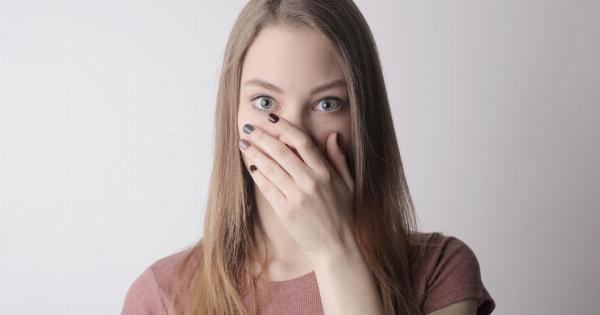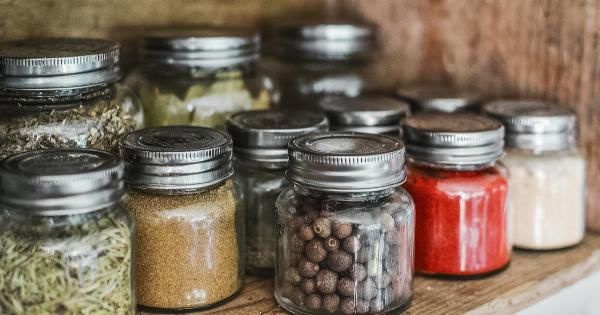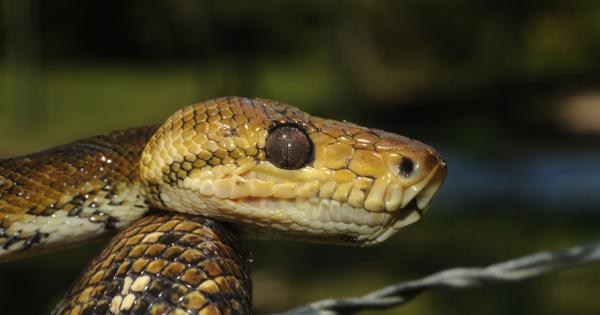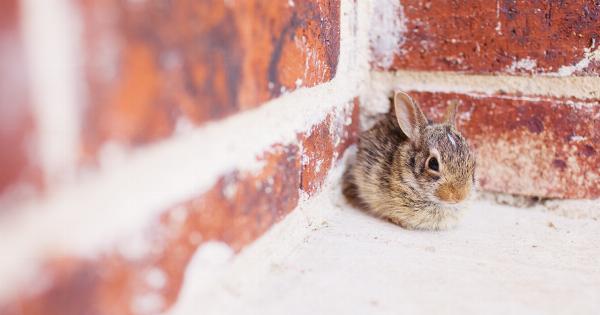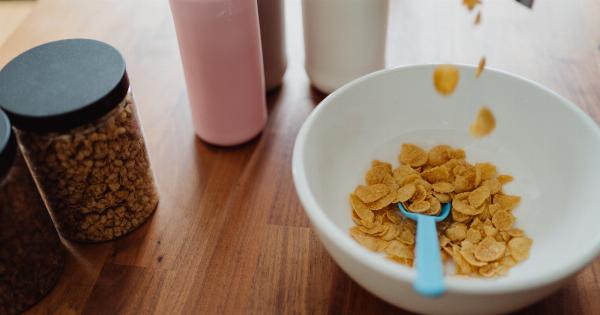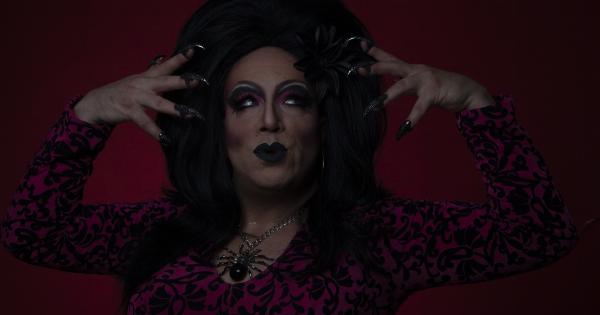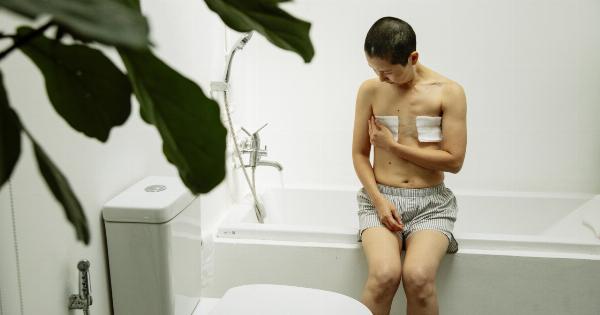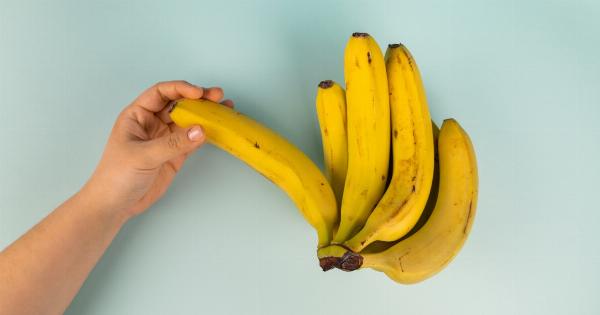Dandruff is a common scalp condition that causes flakes of skin to form on the scalp and fall off. It is a type of seborrheic dermatitis characterized by the inflammation of the scalp and the excessive shedding of dead skin cells.
The exact cause of dandruff, however, is not fully understood, and it is still a subject of ongoing research.
Bacterial overgrowth is one of the potential causes of dandruff that scientists have been exploring. A number of studies have found that the presence of certain bacteria on the scalp may contribute to the development of dandruff.
This article will discuss the link between bacterial overgrowth and dandruff, as well as the ways to manage dandruff caused by bacteria.
Understanding Bacterial Overgrowth
Bacteria are naturally present on the human scalp. They form part of the skin’s natural microbiome, which is composed of various microorganisms that help maintain the skin’s health and integrity.
When the balance of these microorganisms is disturbed, however, certain bacteria may proliferate and cause skin problems.
Bacterial overgrowth is a condition where there is an excessive growth of one or more bacterial species on a particular part of the body. This can happen in different areas of the body, including the scalp.
When bacteria overgrow on the scalp, they may release certain substances that trigger an inflammatory response, leading to symptoms such as redness, scaling, and itching. This inflammation can also prompt the scalp to produce more skin cells, which can further exacerbate dandruff.
Bacteria That May Cause Dandruff
Several bacterial species have been identified as potential culprits in the development of dandruff. One of the most well-known of these bacteria is called Malassezia globosa.
This yeast-like fungus is a natural resident of the skin and is present in most people. However, it is believed that in people with dandruff, Malassezia globosa may cause an over-activation of the scalp’s immune system, leading to dandruff symptoms.
Another bacterium that has been implicated in dandruff is called Staphylococcus epidermidis. This bacterium is also a normal resident of the skin, but it can overgrow in people with oily skin.
When it does, it can produce certain substances that cause inflammation and flaking.
Symptoms of Dandruff Caused by Bacterial Overgrowth
The symptoms of dandruff caused by bacterial overgrowth are generally similar to those of other types of dandruff. These may include:.
- White or yellowish flakes of dead skin on the scalp and hair
- Itching or burning sensation on the scalp
- Redness and irritation on the scalp
- Dry scalp
- Oily or greasy scalp
However, in some cases, dandruff caused by bacterial overgrowth may be more severe than other types of dandruff. Other symptoms that may occur include intense itching, thick crusts on the scalp, and a bad odor coming from the scalp or hair.
Diagnosing Dandruff Caused by Bacterial Overgrowth
Diagnosing dandruff caused by bacterial overgrowth can be tricky, as the symptoms of this type of dandruff can be similar to those of other scalp conditions.
A dermatologist or doctor may take a sample of skin or scalp flakes for testing to determine the exact cause of dandruff.
One diagnostic method that has been used to identify bacteria on the scalp is called PCR (polymerase chain reaction) testing.
This testing method detects the DNA of specific bacteria on the scalp, which can help confirm whether a particular bacterium is present and overgrowing. However, PCR testing is not widely available and can be expensive.
Treatment for Dandruff Caused by Bacterial Overgrowth
Fortunately, there are several ways to manage dandruff caused by bacterial overgrowth. These may include:.
- Using medicated shampoos containing ingredients such as ketoconazole, selenium sulfide, or pyrithione zinc. These ingredients are antifungal or antibacterial and can help eliminate the bacteria causing dandruff. These shampoos should be used regularly for several weeks to see the best results.
- Applying topical creams or gels containing antibiotics or antifungals. These products can help reduce inflammation and treat bacterial or fungal infections on the scalp. Topical treatments may be used alone or in combination with medicated shampoos.
- Using natural remedies that have antibacterial properties, such as tea tree oil, apple cider vinegar, or coconut oil. These remedies may help reduce bacterial growth and soothe the scalp.
- Adopting good scalp hygiene practices, such as washing the hair regularly, avoiding harsh hair products, and avoiding scratching the scalp. Proper scalp hygiene can help prevent bacterial overgrowth and reduce the severity of dandruff symptoms.
If over-the-counter treatments and natural remedies do not work, a dermatologist may prescribe a stronger medication or refer the patient to a specialist for further evaluation.
Preventing Dandruff Caused by Bacterial Overgrowth
Preventing dandruff caused by bacterial overgrowth may involve adopting certain lifestyle and hygiene habits. Some of the habits that may help reduce the risk of bacterial overgrowth on the scalp include:.
- Avoiding sharing combs, brushes, or hair accessories with others, as this can lead to the transfer of bacteria from one person to another.
- Keeping the scalp clean and dry, particularly after sweating or swimming.
- Avoiding wearing tight hats or headbands that can trap moisture on the scalp.
- Eating a balanced diet that includes adequate amounts of vitamins and minerals essential for scalp health.
Conclusion
While the exact cause of dandruff is not fully understood, bacterial overgrowth is one of the potential factors that may contribute to its development.
Identifying and treating bacterial overgrowth on the scalp may help alleviate dandruff symptoms and prevent future outbreaks. If you are experiencing persistent or severe dandruff, it is best to seek the advice of a dermatologist or doctor who can provide an accurate diagnosis and treatment plan.




